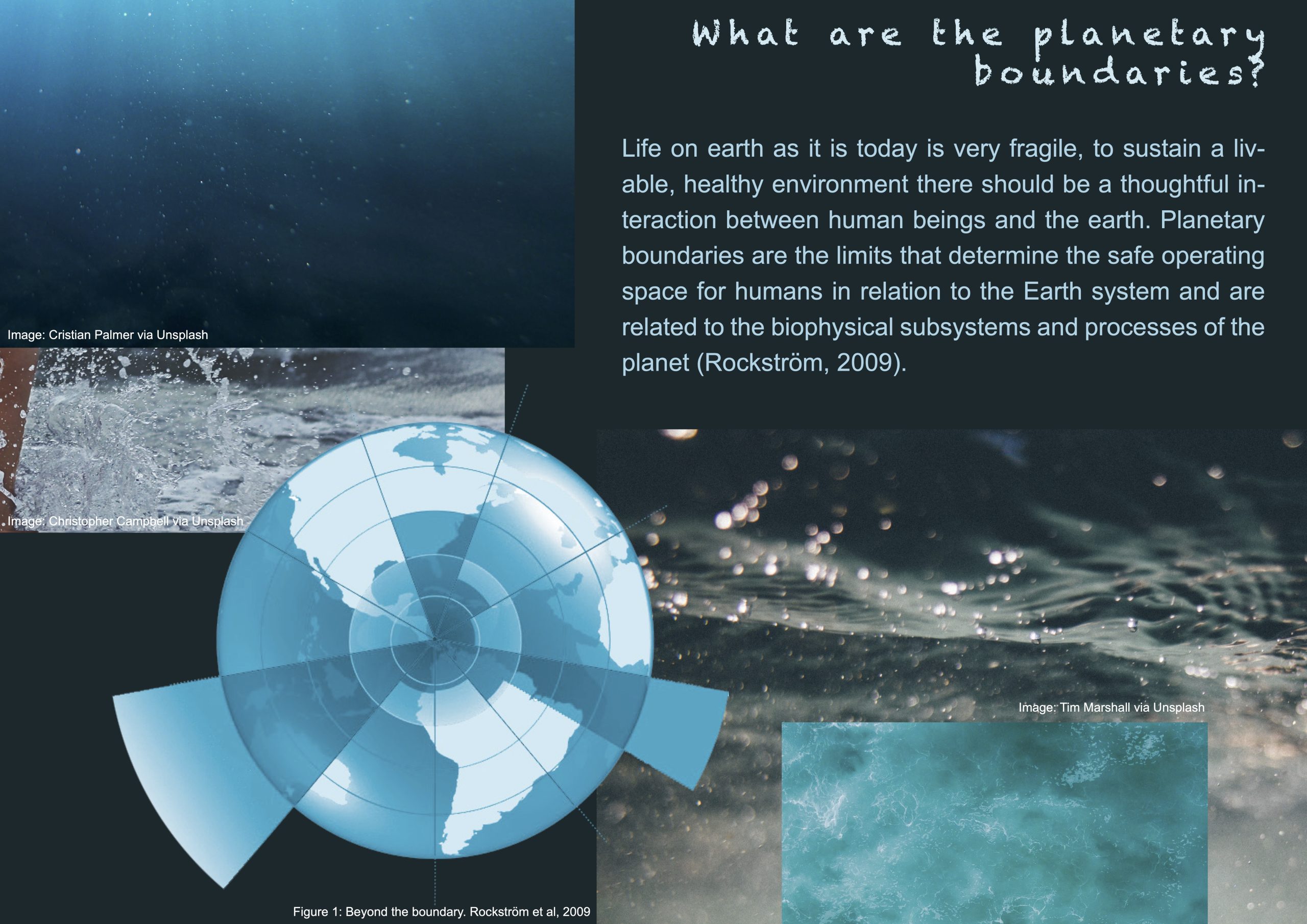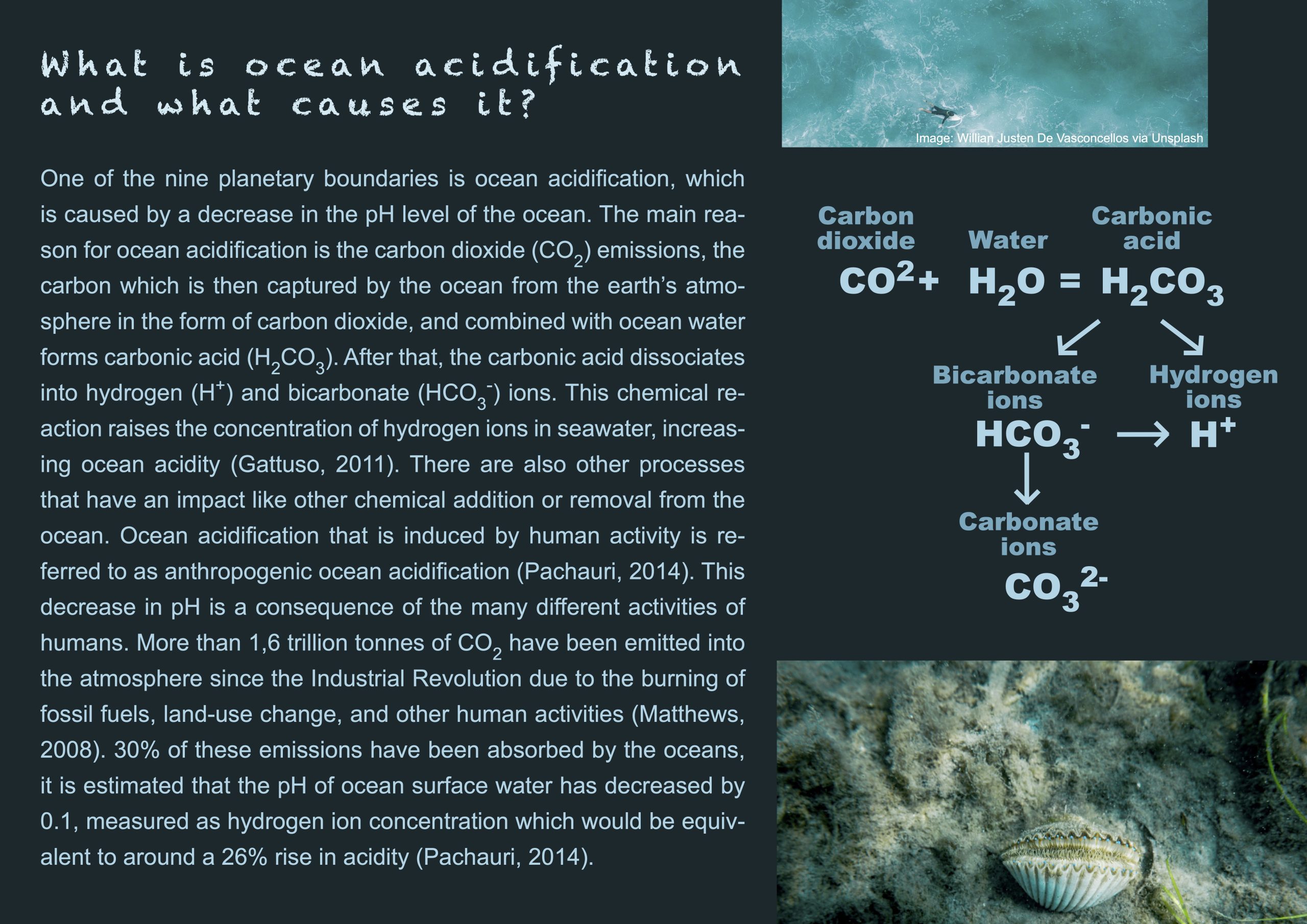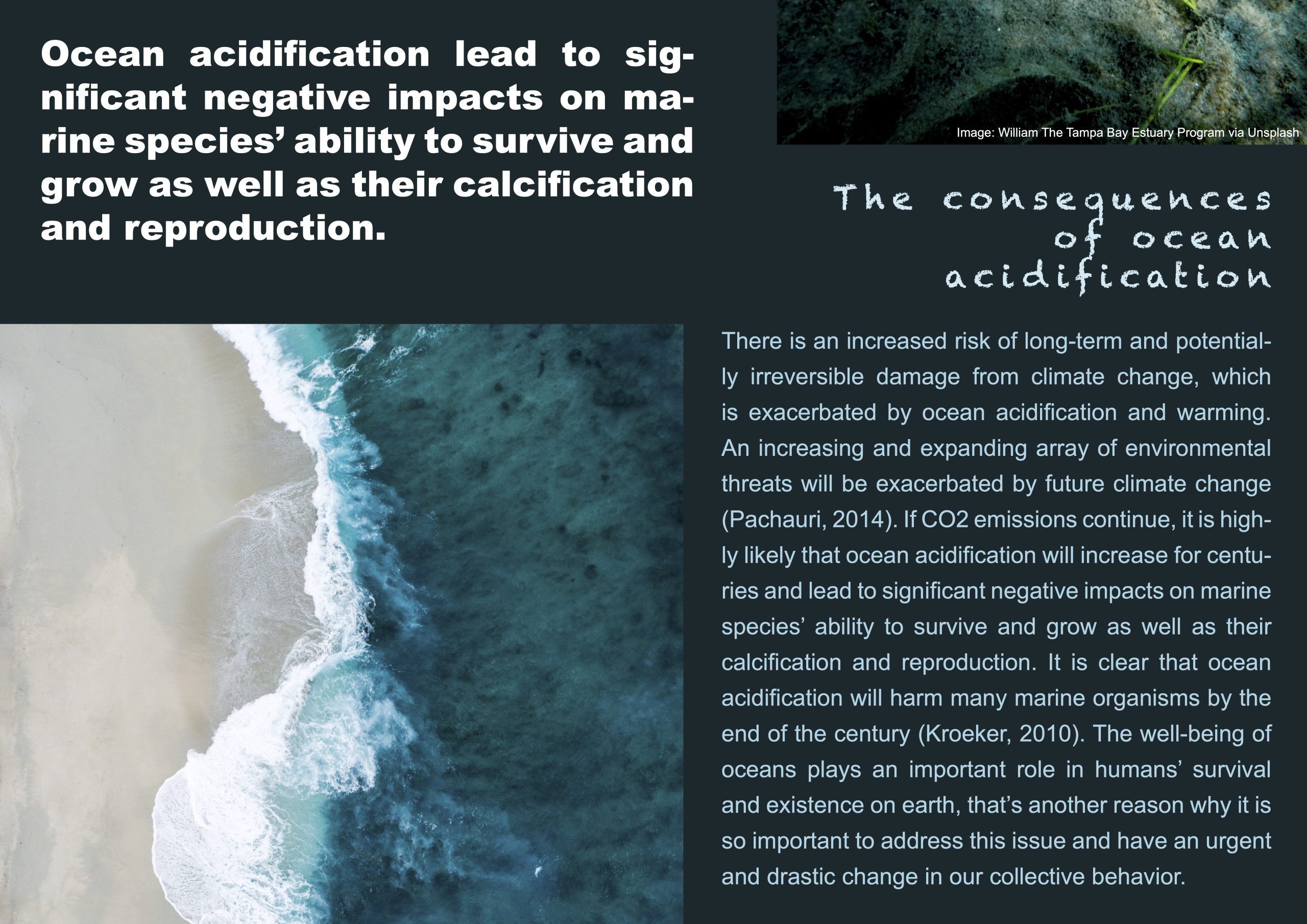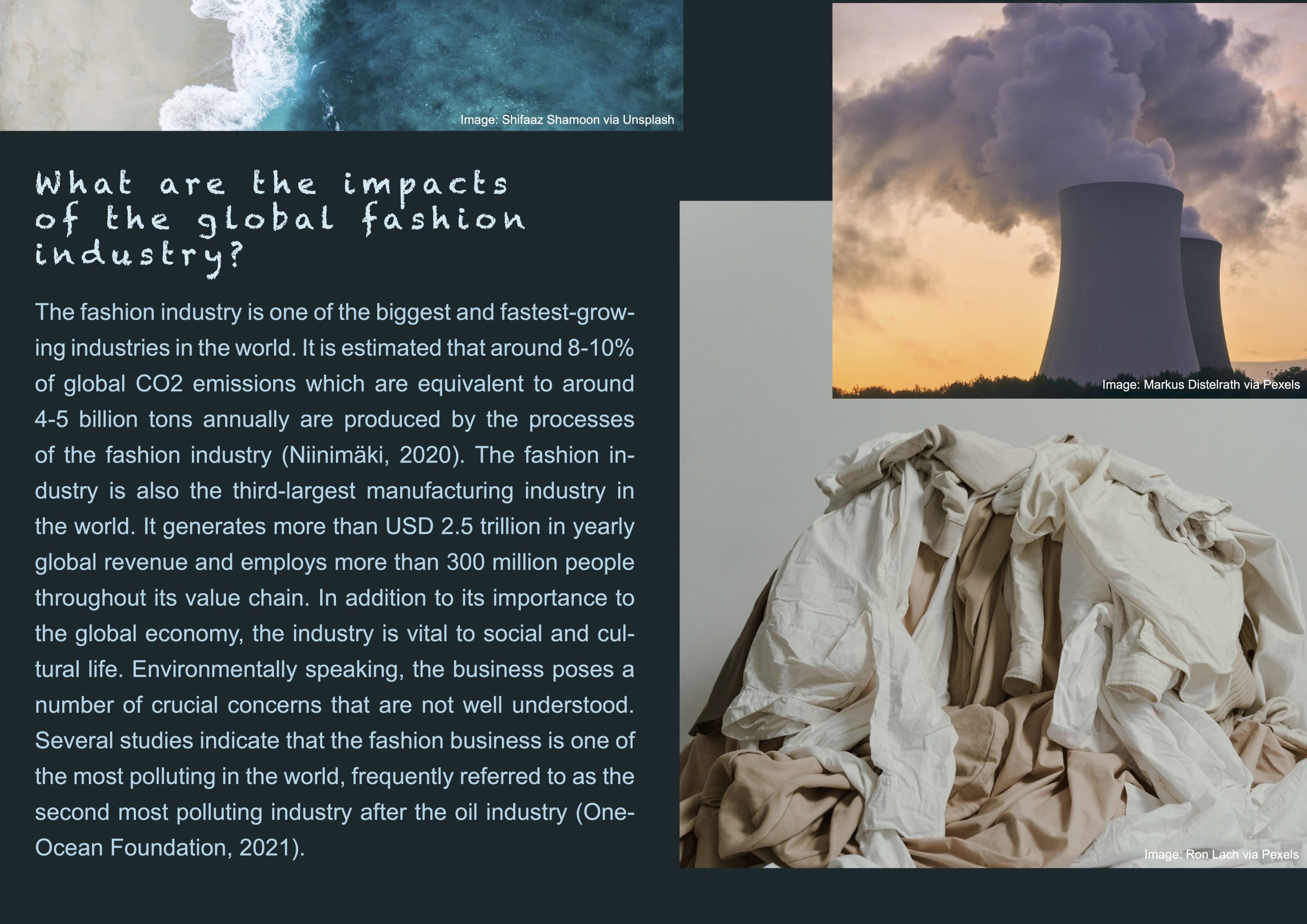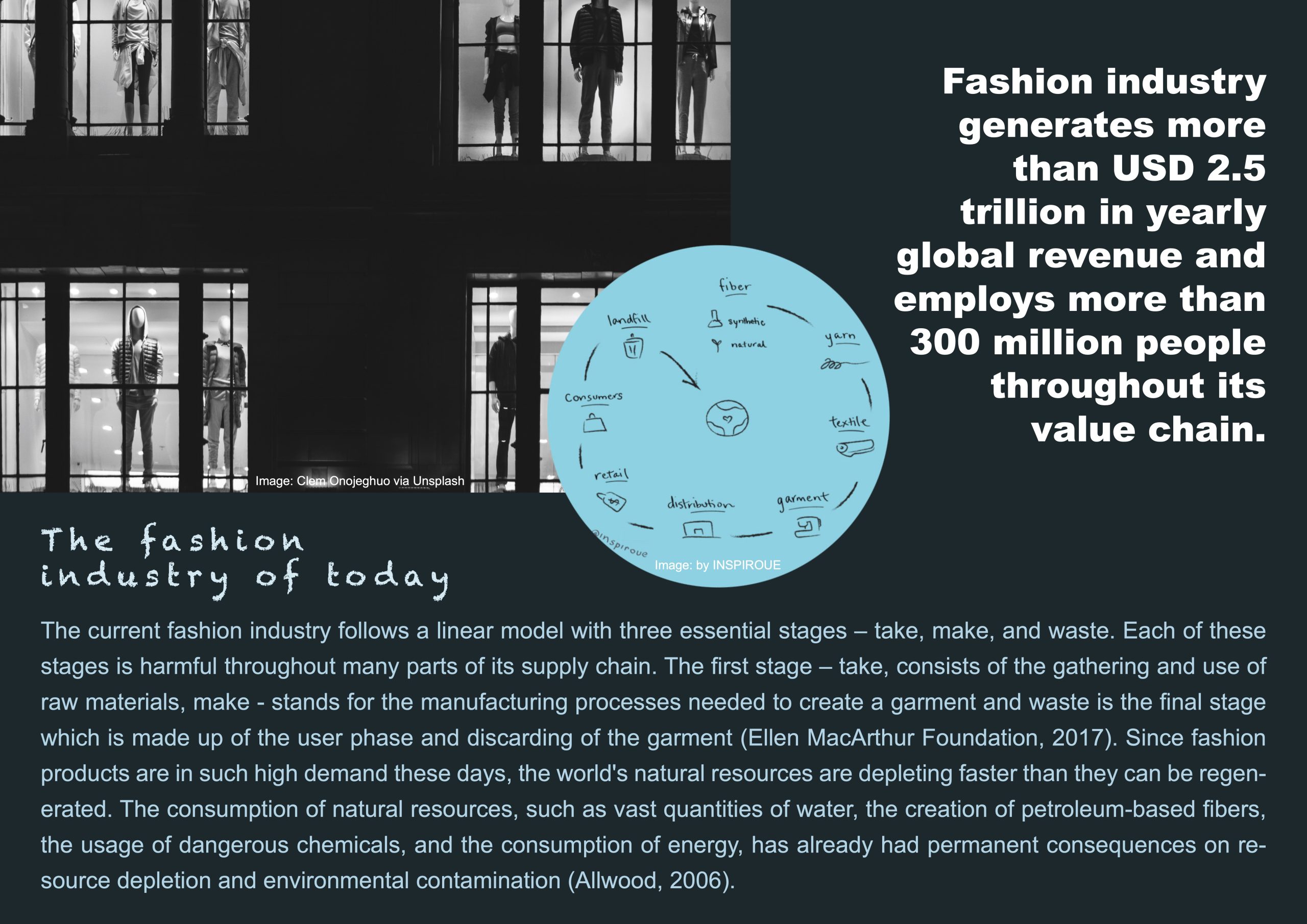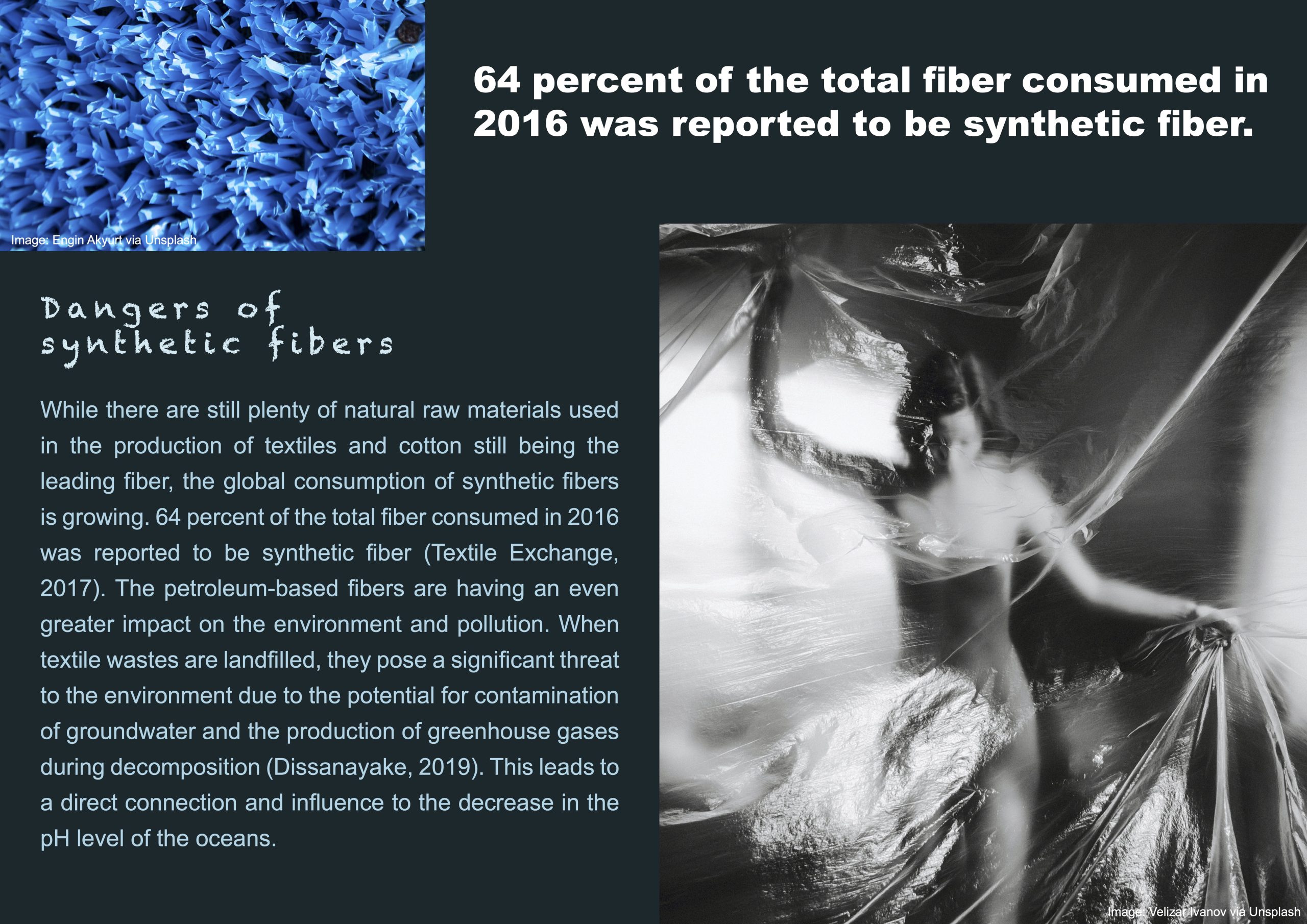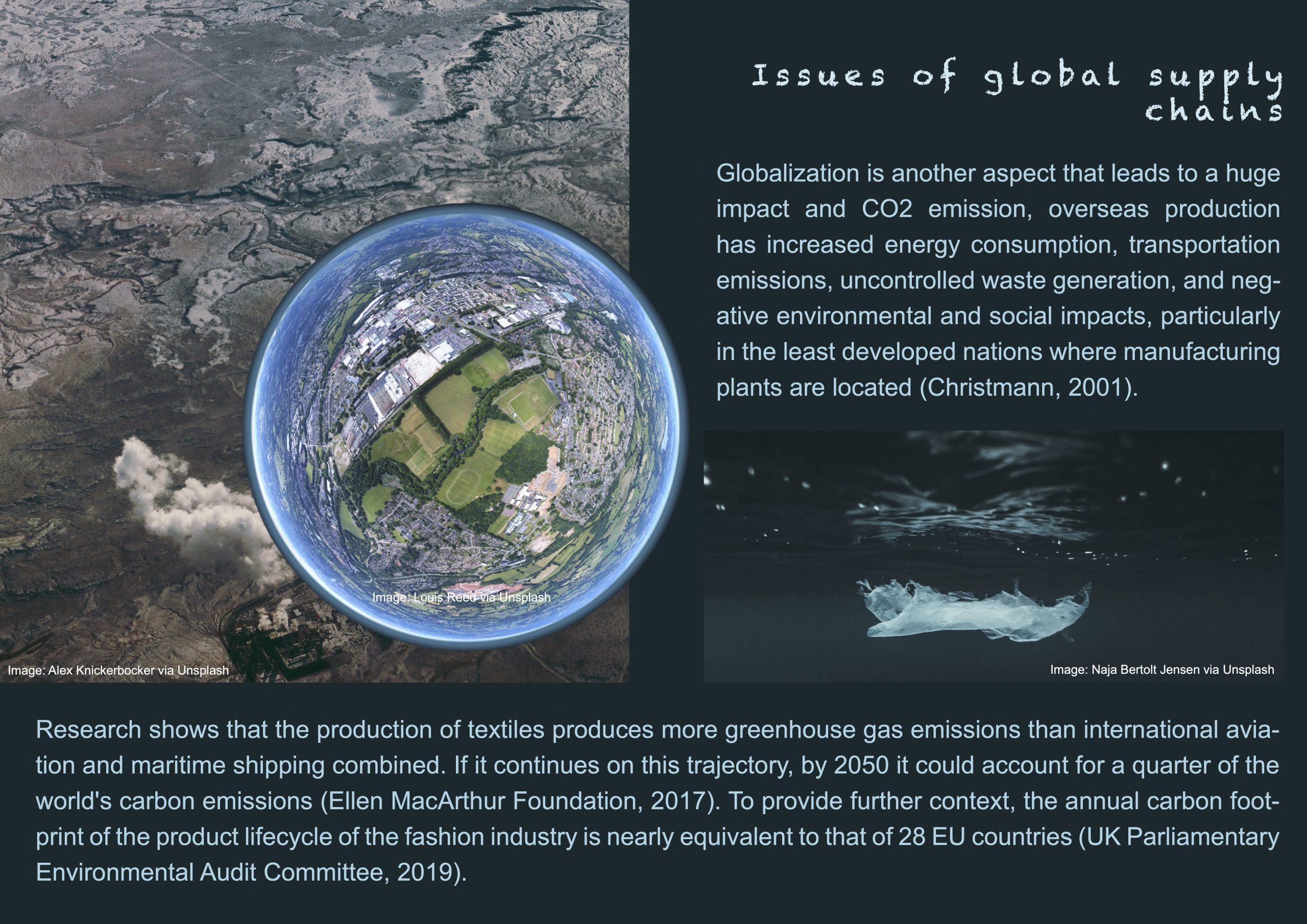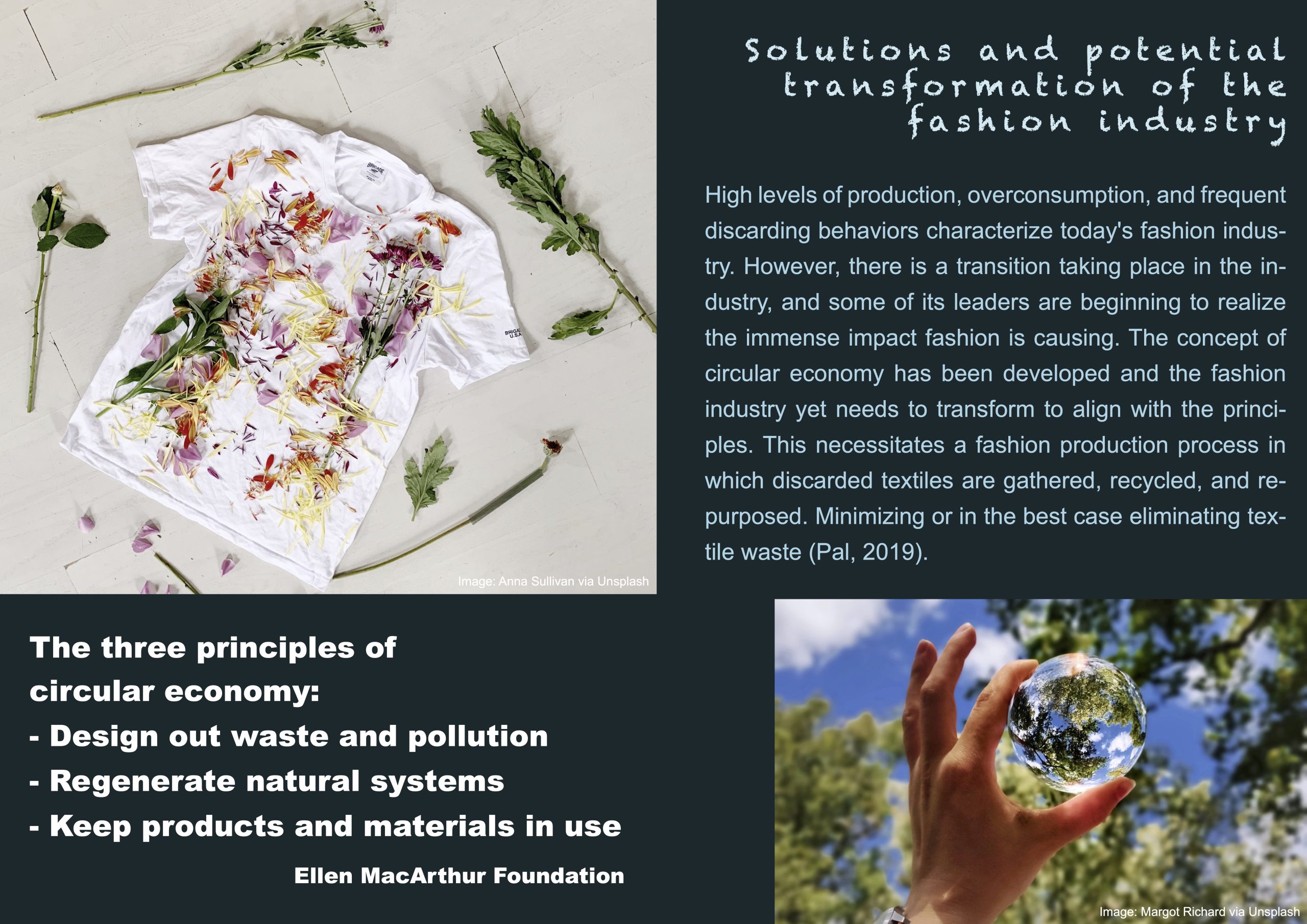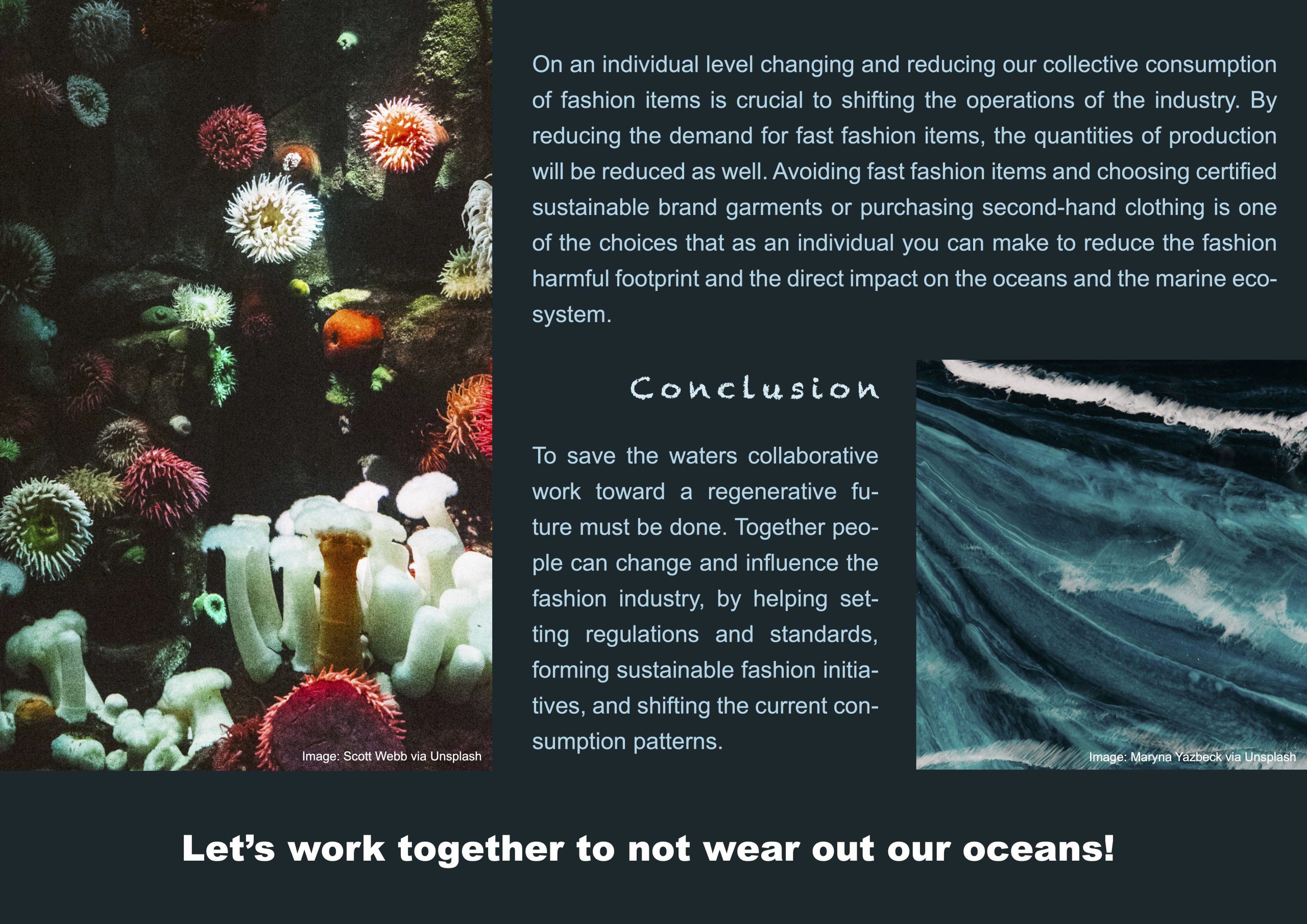References:
Rockström, J., Steffen, W., Noone, K. et al. (2009) A safe operating space for humanity. Nature 461, 472–475. Available from:https://doi.org/10.1038/461472a (Accessed: 5 June 2022)
Gattuso, J.-P., Hansson, L. (2011) Ocean Acidification. Oxford University Press. Available from: https://doi.org/10.1093/oso/9780199591091.001.0001 (Accessed: 5 June 2022)
Pachauri, R.K., Meyer, L.A. et.al. (2014) ‘IPCC, 2014: Climate Change 2014: Synthesis Report. Contribution of Working Groups I, II and III to the Fifth Assessment Report of the Intergovernmental Panel on Climate Change’. IPCC, Geneva, Switzerland. Available from: https://www.ipcc.ch/site/assets/uploads/2018/02/AR5_SYR_FINAL_Front_matters.pdf (Accessed: 11 June 2022)
Matthews, H.D., Caldeira, K. (2008) Stabilizing climate requires near-zero emissions. Available from: https://doi.org/10.1029/2007GL032388 (Accessed: 12 June 2022)
Kroeker, K.J., Kordas, R.L., Crim, R.N., Singh, G.G. (2010) Meta-analysis reveals negative yet variable effects of ocean acidification on marine organisms. Stanford University, Hopkins Marine Station, Pacific Grove, CA 93950, USA. Available from: https://onlinelibrary.wiley.com/doi/epdf/10.1111/j.1461-0248.2010.01518.x (Accessed: 21 June 2022)
Niinimäki, K., Peters, G., Dahlbo, H. et al. (2020) The environmental price of fast fashion. Nature Reviews Earth & Environment volume 1.Available from: https://doi.org/10.1038/s43017-020-0039-9 (Accessed: 21 June 2022)
One Ocean Foundation (2021) Business for ocean sustainability, Focus – Fashion Industry. Available from: https://www.1ocean.org/blue-economy/b4os-2021-fashion-industry (Accessed: 21 June 2022)
Ellen MacArthur Foundation. (2017) A new textile economy: Redesigning fashion’s future. Available from: http://www.ellenmacarthurfoundation.org/publications (Accessed: 26 June 2022)
Allwood J.M., Laursen S.E., de Rodríguez C.M., Bocken N.M.P. (2006) Well Dressed? The Present and Future Sustainability of Clothing and Textiles in the United Kingdom. University of Cambridge Institute for Manufacturing. Available from: https://www.ifm.eng.cam.ac.uk/uploads/Resources/Other_Reports/UK_textiles.pdf (Accessed: 26 June 2022)
Textile Exchange. (2017) Annual report. Available from: https://textileexchange.org/wp-content/uploads/2021/04/Textile-Exchange-Annual-Report-2017.pdf (Accessed: 26 June 2022)
Dissanayake, D.G.K. (2019) Does mass customization enable sustainability in the fashion industry? IntechOpen. Available from: https://www.intechopen.com/chapters/69329 (Accessed: 26 June 2022)
Christmann P, Taylor G. (2001) ‘Globalization and the Environment: Determinants of Firm Self-Regulation in China.’ Journal of International Business Studies. Available from: https://ideas.repec.org/a/pal/jintbs/v32y2001i3p439-458.html (Accessed: 2 July 2022)
UK Parliamentary Environmental Audit Committee. (2019) Fixing fashion: clothing consumption and sustainability. UK Parliament House of Commons. Available from: https://publications.parliament.uk/pa/cm201719/cmselect/cmenvaud/1952/report-files/195202.htm (Accessed: 2 July 2022)
Pal, R., Shen, B., Sandberg, E. (2019), “Circular fashion supply chain management: exploring impediments and prescribing future research agenda”, Journal of Fashion Marketing and Management, Vol. 23 No. 3. Available from: https://doi.org/10.1108/JFMM-07-2019-166 (Accessed: 2 July 2022)
